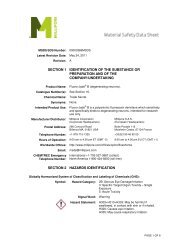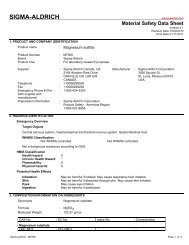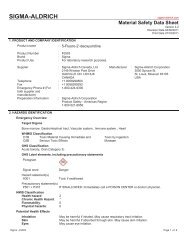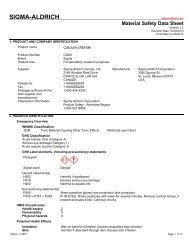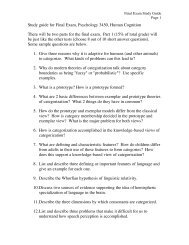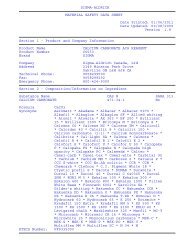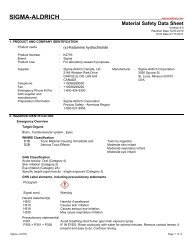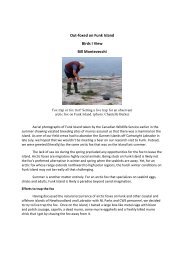Clonidine hydrochloride.pdf - Play Psych Mun
Clonidine hydrochloride.pdf - Play Psych Mun
Clonidine hydrochloride.pdf - Play Psych Mun
You also want an ePaper? Increase the reach of your titles
YUMPU automatically turns print PDFs into web optimized ePapers that Google loves.
Potential Health Effects<br />
Inhalation<br />
Skin<br />
Eyes<br />
Ingestion<br />
May be fatal if inhaled. May cause respiratory tract irritation.<br />
May be harmful if absorbed through skin. May cause skin irritation.<br />
May cause eye irritation.<br />
Toxic if swallowed.<br />
3. COMPOSITION/INFORMATION ON INGREDIENTS<br />
Synonyms : 2-(2,6-Dichloroanilino)-2-imidazoline<strong>hydrochloride</strong><br />
Formula : C 9 H 9 Cl 2 N 3 · HCl<br />
Molecular Weight : 266.55 g/mol<br />
CAS-No. EC-No. Index-No. Concentration<br />
<strong>Clonidine</strong> <strong>hydrochloride</strong><br />
4205-91-8 224-121-5 - -<br />
4. FIRST AID MEASURES<br />
General advice<br />
Consult a physician. Show this safety data sheet to the doctor in attendance.Move out of dangerous area.<br />
If inhaled<br />
If breathed in, move person into fresh air. If not breathing, give artificial respiration. Consult a physician.<br />
In case of skin contact<br />
Wash off with soap and plenty of water. Take victim immediately to hospital. Consult a physician.<br />
In case of eye contact<br />
Flush eyes with water as a precaution.<br />
If swallowed<br />
Never give anything by mouth to an unconscious person. Rinse mouth with water. Consult a physician.<br />
5. FIRE-FIGHTING MEASURES<br />
Conditions of flammability<br />
Not flammable or combustible.<br />
Suitable extinguishing media<br />
Use water spray, alcohol-resistant foam, dry chemical or carbon dioxide.<br />
Special protective equipment for fire-fighters<br />
Wear self contained breathing apparatus for fire fighting if necessary.<br />
Hazardous combustion products<br />
Hazardous decomposition products formed under fire conditions. - Carbon oxides, nitrogen oxides (NOx), Hydrogen<br />
chloride gas, Halogens<br />
Explosion data - sensitivity to mechanical impact<br />
no data available<br />
Explosion data - sensitivity to static discharge<br />
no data available<br />
6. ACCIDENTAL RELEASE MEASURES<br />
Personal precautions<br />
Wear respiratory protection. Avoid dust formation. Avoid breathing vapors, mist or gas. Ensure adequate ventilation.<br />
Evacuate personnel to safe areas. Avoid breathing dust.<br />
Environmental precautions<br />
Prevent further leakage or spillage if safe to do so. Do not let product enter drains.<br />
Sigma - C7897 Page 2 of 6





